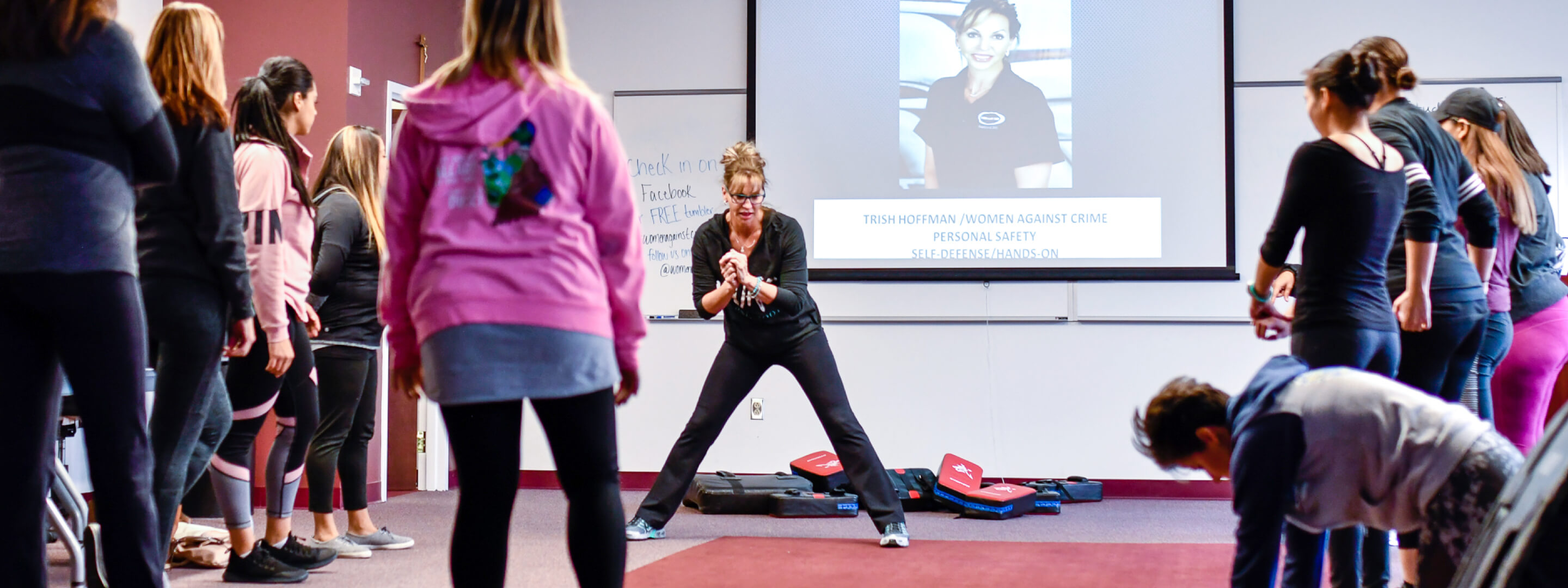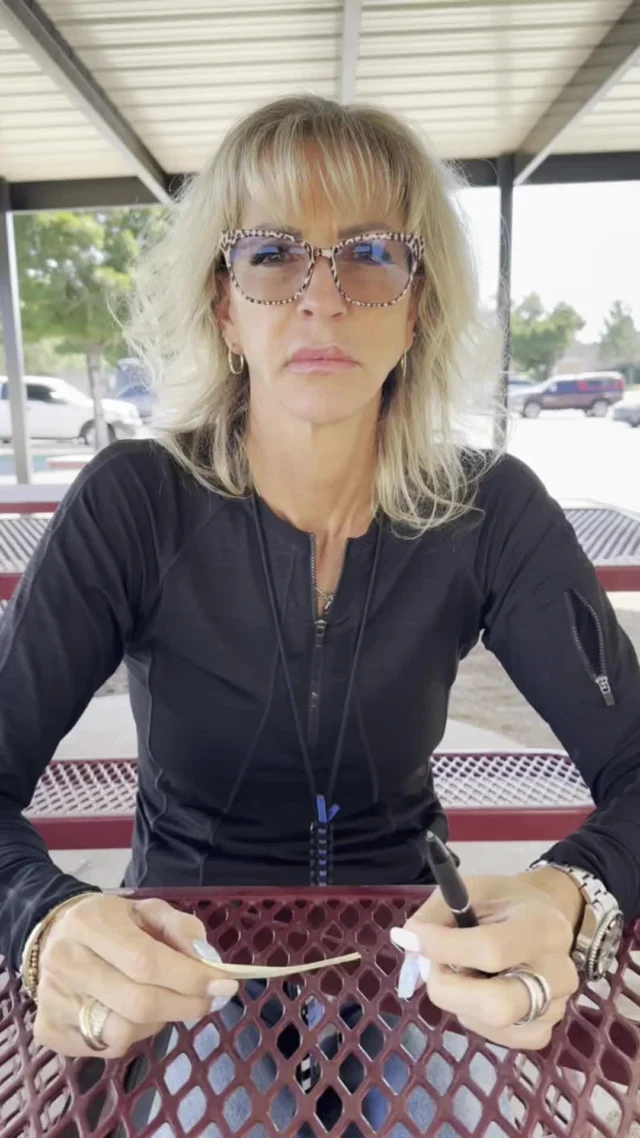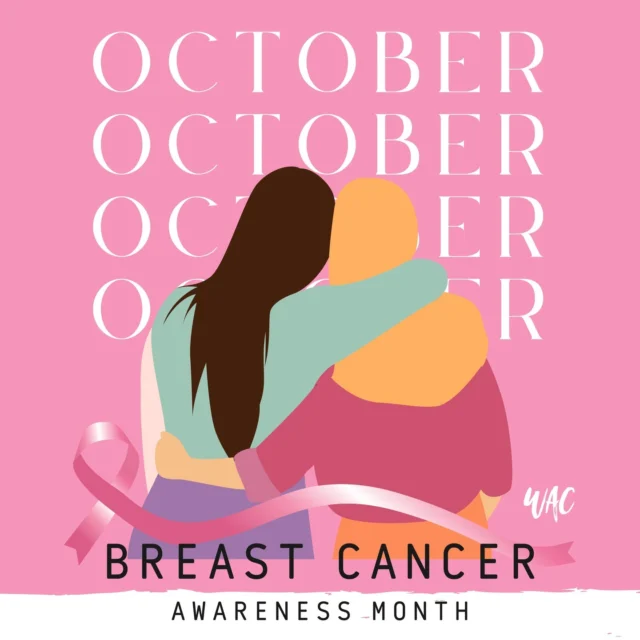Being attentive to what’s going on around you is called situational awareness. Knowing when something is out of place can save your life. But staying aware without being on high alert takes practice. You can train yourself by starting to watch for certain things until you do it automatically.
Position Yourself for Observation
When you’re out in public, always find a position that gives you the best observational advantage. Corners facing out are ideal. This keeps any possible threat in front of you where you can see it. When you’re standing in a crowded area, position yourself in front of a wall or other surface. This will help protect you by keeping people out of your blind spot.
Make it a Game
Turning situational awareness into a game can help motivate you to stay consistent. Have whoever is with you join in. Ask questions like these and see who can come up with the answer quickest:
- How many men/women are in the room?
- How many men have facial hair?
- How many children are there?
- How many people are wearing jackets?
- What color are people wearing the most?
Know What’s Normal
Pay attention to what’s going on around you at the places you go often. Are there usually a lot of people around? If so, what ages and gender? What’s the noise level typically like? Marking what’s normal will help alert you when something is out of the ordinary.
Notice the Odd Person Out
If something seems “off” to you about someone, pay attention. Intuition is a powerful thing. If you see someone who looks like they’re trying to not be noticed, stay aware of that as well. These aren’t sure signs of danger, but they can be.
Tools for Situation Awareness
These techniques will help you incorporate situational awareness into your everyday life and aid you in potentially dangerous situations:
- Use your peripheral vision. Practice this while having a conversation. Begin to observe what is happening in your peripheral vision while still listening and engaging.
- Scan your environment. This comes naturally, but learn to be specific about what you’re scanning for. Notice where exits are, barriers to avoid or use to your advantage, suspicious objects or suspicious people. (Immediately notify someone if anything or anyone looks suspicious.)
- Use reflective surfaces. Make a habit of using reflective surfaces to see behind you or outside your peripheral vision.
- Look confident and aware. Projecting confidence will make you appear less vulnerable to potential attackers.
- Use visualization to practice. When you’re in a safe space, practice visualizing yourself in dangerous situations and figure out how you would respond.
- Listen to your intuition. Your body picks up on a lot of information, so listen to the signals it’s giving you! It’s designed to protect you.
- Change course. If you think someone might be following you, try stopping, turning, and pretending you went the wrong way.
- Scan personal space invaders. If someone gets unusually close to you, look for several things: Is there a weapon in their hands? Are there any bulges in their clothes that could be a weapon? And do their words or body language display aggression? Immediately create at least five feet of distance from the individual if the answer to any of these is yes. Then quickly assess the situation for your next action.
How We Can Help
Women Against Crime teaches situational awareness, self-defense, and what to do in threatening situations. We offer one-on-one and group training sessions, so contact us today to better prepare yourself against danger.




















